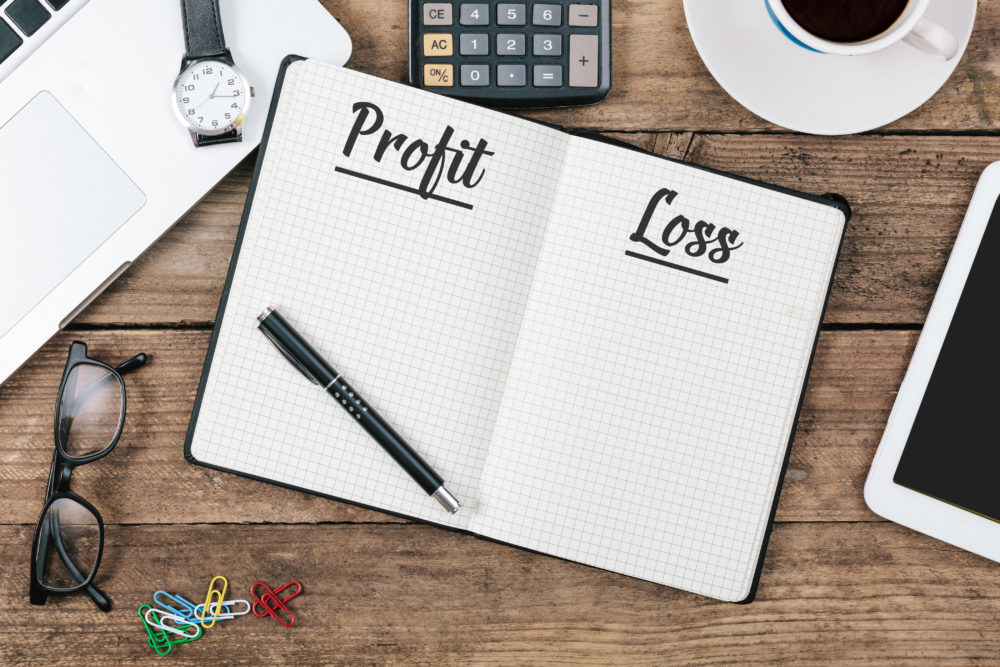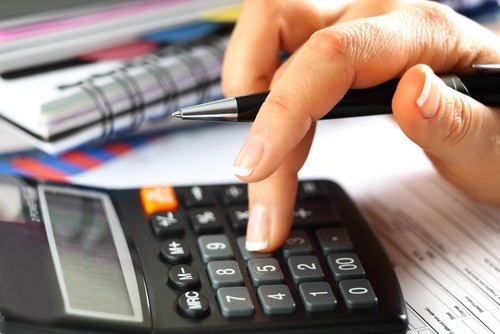A profit and loss forecast is a financial snapshot of where your business is headed. It looks at the money you expect to be paid and your likely outgoings.
In its simplest form, it tells you whether your business is set to make a profit in the coming months, or a loss, and for many businesses, it’s a tool that is heavily relied upon.
The level of detail depends on the type of business you run, and its relative size and complexity. However, even the smallest enterprise needs to have this sort of information available. Relying on ‘instinct’ or mental calculations can prove grossly inadequate!
A profit and loss forecast would normally cover at least 12 months, but some organisations like to produce one spanning two or even five years.
Of course, this is not information that is cast in stone. A profit and loss forecast is an estimate of your income and outgoings. However, its findings can play a big part in deciding the way you run your business in the coming months.
This guide, from Simon Joyce, managing director of Anchor Vans, looks in more detail at why it makes good commercial sense to gather the right data and create a formal calculation of potential profit or loss.
Key benefits of profit and loss forecasting
Having a clear idea of how much working capital you are likely to have, from a healthy profit level, can go a long way to supporting your business development. If your forecast suggests cash will be available, it could be the best time to consider investing in new plant, staff or R&D projects.
Alternatively, if your forecast indicates that profit levels will be low and therefore capital will be limited, it can guide you towards a more cautious path.
Having this level of insight can help you to manage your risks. You can also take robust steps to increase your business profitability. This could involve finding new customers, encouraging more repeat sales, or focusing on products or services offering higher profit margins.
If the forecast suggests you are likely to make losses in the coming months, you can also take action before this becomes a reality. That way, you can ensure you have enough money available to continue to trade. For example, you can go after new business or introduce austerity measures to stop you from dipping too far down into the red.
Cash flow can strangle your business
Imagine if you go blindly ahead with everyday working life – or worse still invest in new business ideas – without knowing if your profit level can sustain that.
Having a clear idea of your profit and loss margins helps you to create a feasible cash flow forecast.
Cash flow problems are a business killer. The Office of National Statistics reports that 90 per cent of businesses that fail put the blame on poor cash flow.
This is not always about struggling to fill order books to keep businesses afloat. Around 50 per cent of businesses report that they are being strangled by late payments.
Financial health from transparency
Clearly, a profit and loss forecast is an important part of financial transparency and control. Whatever size of business you run, having visibility across your financial health is imperative.
That includes using predictive analysis to protect your future. It also includes having a very firm grip on what money your business is owed, and the timescales for receiving payments.
According to one piece of research, UK businesses could be missing out on an eye-watering £250 billion of liquid cash flow! That’s the amount of money tied up in late or missing invoices. SMEs spend around 130 hours a year – on average – trying to trace or chase these payments.
That’s time that could be better spent. It also raises the real prospect of business not getting paid properly for the work they do.
Of course, a profit and loss forecast can’t make your clients pay promptly! However, it is part of the important work to chart potential earnings.
If you’ve mapped out projected gross sales, you have better visibility for your expected income.
On the subject of business transparency and control, a profit and loss forecast can also help you to manage your own credit and supply chain arrangements better.
If you can see periods when working capital will be restricted, you can plan your own purchases more carefully, and agree on any special deals and arrangements you need with your suppliers. That stops you from becoming one of the companies that SMEs need to chase for overdue payments!
Other major benefits from a P&L forecast
For smaller businesses, a profit and loss forecast is a valuable way of keeping track of your income tax obligations.
Also, if you are likely to need business loans or grants, you could well be asked to produce a profit and loss forecast.
The same applies if you are seeking another source of additional funding, such as new business partners or to secure credit agreements from substantial suppliers.
What should be included, and why?
As already referenced, the level of complexity largely hinges on the type and size of your business.
However, there are common features to any profit and loss forecast:
Gross turnover/sales – what is your likely business income? You can use your existing order books and data for previous years, with adjustments for seasonal variations, for example.
Direct costs – what is your likely expenditure on components, equipment and payroll obligations? Are you likely to have fluctuations in your labour costs, or peaks in purchasing requirements?
Indirect expenses – what are your outgoings for fixed costs, such as property rental and utility bills? You could also put marketing, commission and professional fees in this section.
From this, you can calculate likely gross profit and net profit.
What don’t you need to include?
You don’t need to include tax liabilities, repayments of loans or any dividends in your calculations. These would be important for a cash flow forecast but aren’t necessary for forecasting potential profit or loss.
Key to your business plan
A profit and loss forecast should be a central part of your business plan, whether you are just starting out or you have been trading for many years!
Your business plan – whether it’s one page or a comprehensive document – encapsulates your organisation’s strategy and activities. It maps out your marketplace, product offering, threats and opportunities, strengths and weaknesses, and how you intend to take your business forward.
A profit and loss forecast provides assurances that your aims and actions are all on a sound footing. A business plan that lacks one is effectively whistling in the wind!





